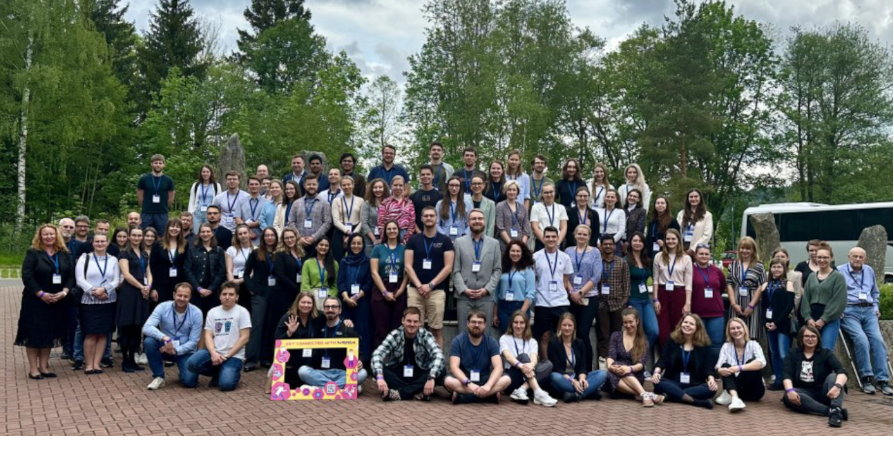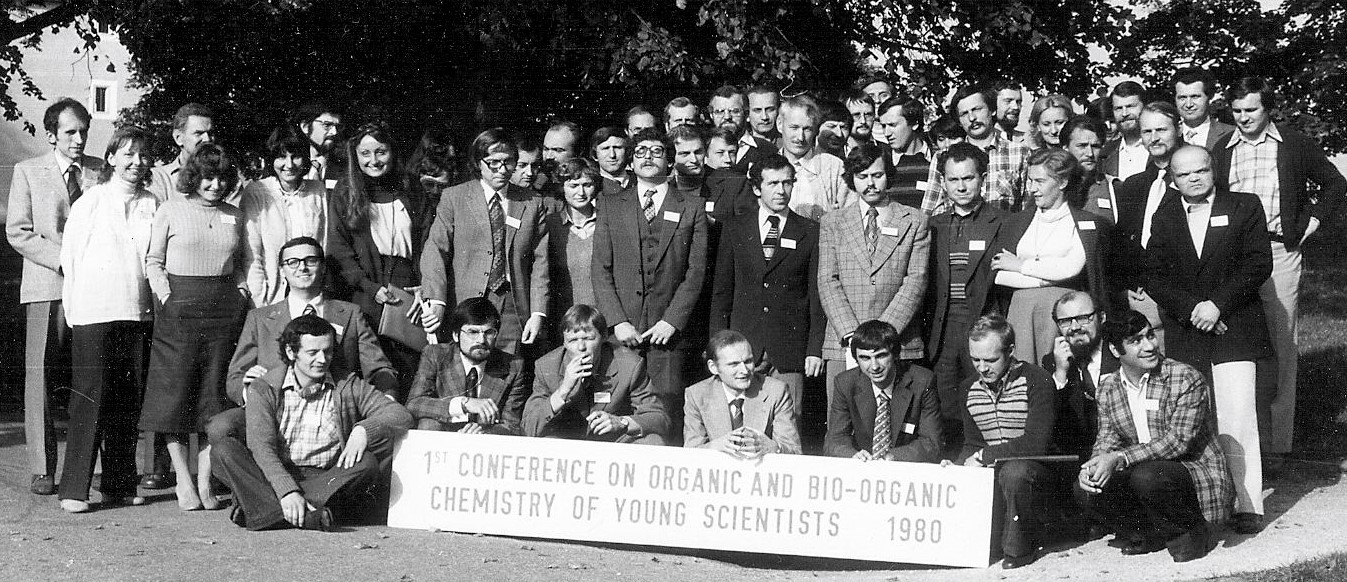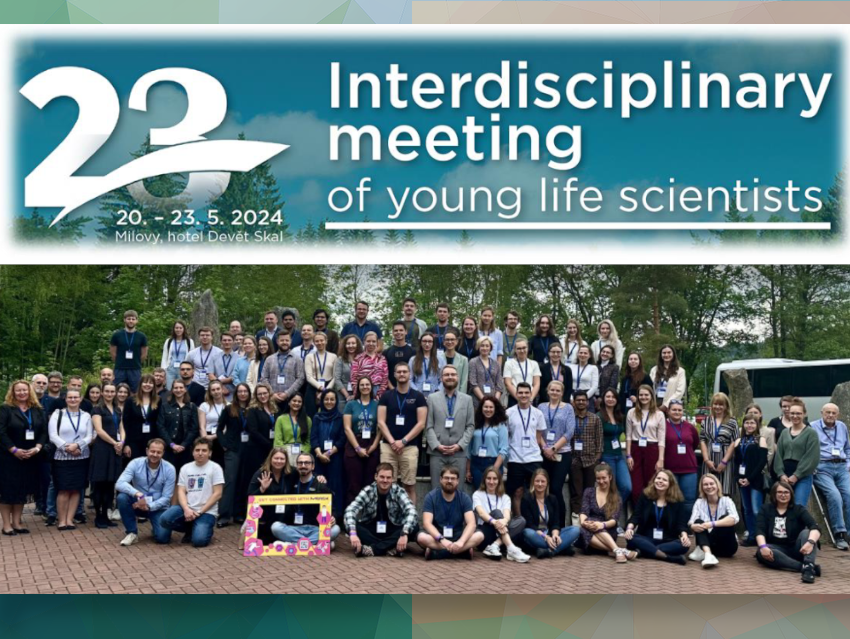The most important meeting of young life scientists in the Czech Republic is the “Interdisciplinary Meeting of Young Life Scientists” organized by the Institute of Organic Chemistry and Biochemistry of the CAS (or IOCB Tech s.r.o.), the Czech Society for Biochemistry and Molecular Biology, and the Czech Chemical Society (ČSCH). This May it was held for the 23rd time.
1 Connecting Young Scientists
The meeting has evolved over the years, but its main goal remains the same: to facilitate interactions among successful young scientists from different scientific disciplines, to broaden their scientific horizons, and to help them establish essential professional contacts. An expert committee selected 40 oral presentations and 30 poster presentations in fields such as biochemistry, molecular biology, and chemistry. The English abstracts were published in the Symposium Series of the Czech Chemical Society.
The conference was sponsored by Merck Life Science s.r.o., the main sponsor since its inception. Other sponsors this year included Chemistry Europe.
2 My Love Affair: Monoliths
The plenary lecture “My Love Affair: Monoliths” by František Švec was the highlight of the 23rd annual meeting. Organic polymer-based monoliths, introduced around 30 years ago, offer advantages such as easy preparation, robustness, high flow permeability, and versatility in chemistry. Initially used mainly for rapid separation of large molecules in liquid chromatography, they have evolved to support various chromatographic modes like gas chromatography and microfluidics, with recent applications including sample preparation and surface-enhanced Raman spectroscopy.
František Švec has held academic and research positions at Cornell University, UC Berkeley, Lawrence Berkeley National Laboratory, Beijing University of Chemical Technology, Gwangju Institute of Science and Technology, and is currently a professor at the Faculty of Pharmacy, Charles University, Hradec Králové, Czech Republic. His research focuses on the development of advanced materials for separation science and heterogeneous catalysis, including pioneering monodispersed microparticles and monolithic porous polymers. He has authored more than 530 scientific publications, including books, and 75 patents.

Figure 1. Group picture of the 23rd conference in 2024.
3 New Leadership
This year the meeting faced its biggest challenge: the event’s founders, Professor Martin Fusek and Professor Pavel Drašar, handed over the reins to Dr. Ondřej Baszczyňski and his team. We talked to Pavel and Ondřej.
Pavel, what inspired you to create this event?
In our country we had meetings of young scientists since 1980. However, it disappeared with the change of regime. When Martin came up with the idea to revive it under the auspices of the Czech Chemical Society and the Czech Society of Biochemistry and Molecular Biology, with financial support from his employer, Sigma Aldrich, I agreed.
How do you think the event has influenced the scientific community and young scientists over the years?
First, from the beginning it was a meeting of the best young scientists, since the participants were selected from a pool that was more than three times larger, and second, the meeting combined several disciplines. Both aspects have helped to ammalgamate the views of the participants and have led several times to fruitful collaboration.
Can you share some of the challenges in organizing and growing the event or memorable moments from your time organizing the event?
There were several challenges, one, the limited number of selected “finalists”, two, the growing financial budget (with rising prices etc.), three, the search for the best venue where the participant could not escape from the program. Personally, the most memorable moment for me was the fact that many of the former participants reached high positions in science and in their organizations.
Ondřej, How do you see the future of the event?
I would like to maintain the original idea, level, and atmosphere of the event. This conference is truly unique in its extremely positive, friendly, and inspiring aura. This is also the reason why I have remained loyal to it from the moment I attended it as a student until today.
In the near future, I would like to keep this event free of charge, which means that students will not have to pay any conference fees. This creates a unique situation in which neither the students nor their supervisors are constrained by the usually tight lab budgets, and thus anyone can freely apply for the admission process. On the other hand, the selection process is very strict. It is clear that such a future depends heavily on the generosity of our sponsors.
What do you like most about the event?
First of all, the multidisciplinarity of this event, where young talented students from different fields interact with each other. We often see situations where e.g. organic chemists try to explain their research to biologists, analytical or material chemists and vice versa. This creates a very special atmosphere of “outside the box” thinking, potentially opening up new ways of looking at scientific problems from different perspectives.
Many thanks, we look forward to the next event in 2025!

Figure 2. Group picture of the first conference in 1980.
- 23rd Interdisciplinary Meeting of Young Life Scientists, Czech Republic




